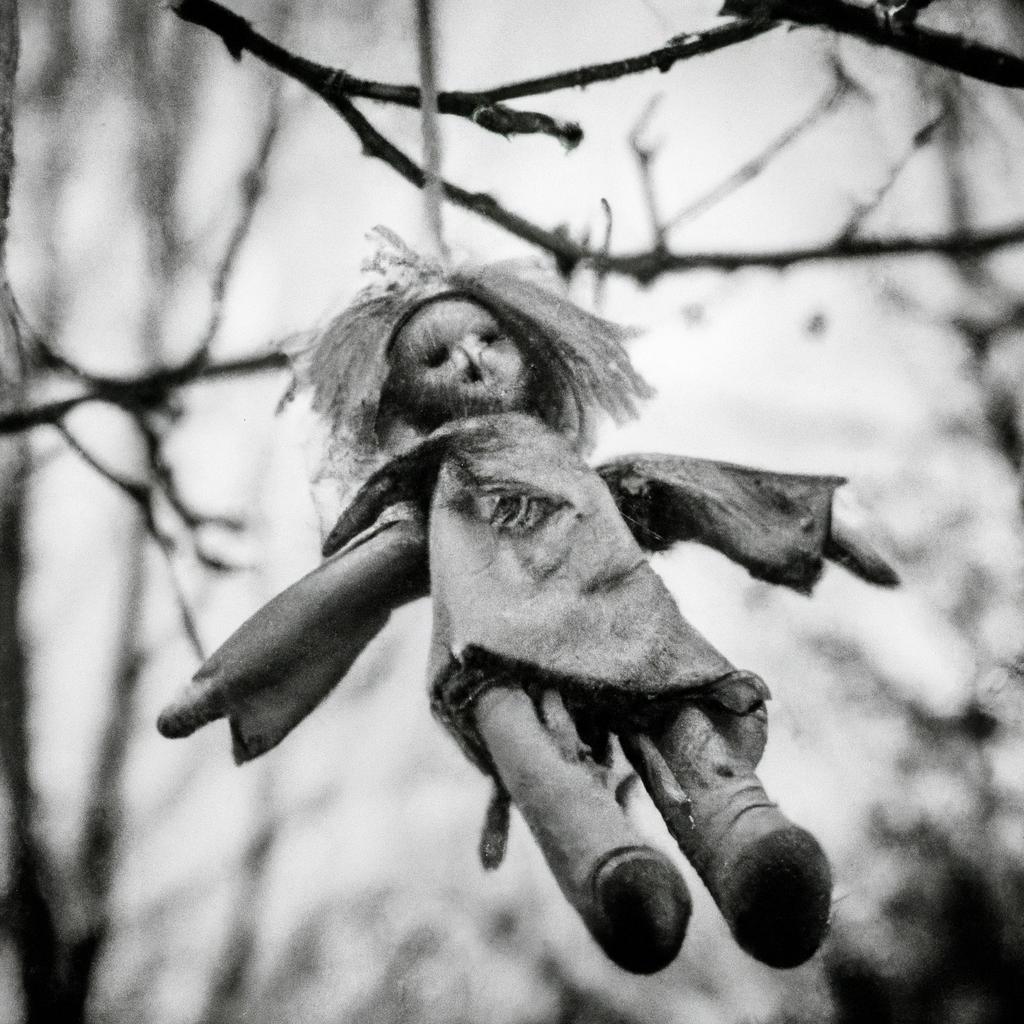Have you ever heard of the Island of the Dolls? This small island, also known as Isla de las Muñecas, is located in Xochimilco, Mexico City, and it has a reputation for an eerie atmosphere and haunting dolls that hang from the trees. People from all around the world visit this mysterious place, but let me share with you some interesting facts and stories that you might not know about this spooky destination.
Location and Description of the Island of the Dolls
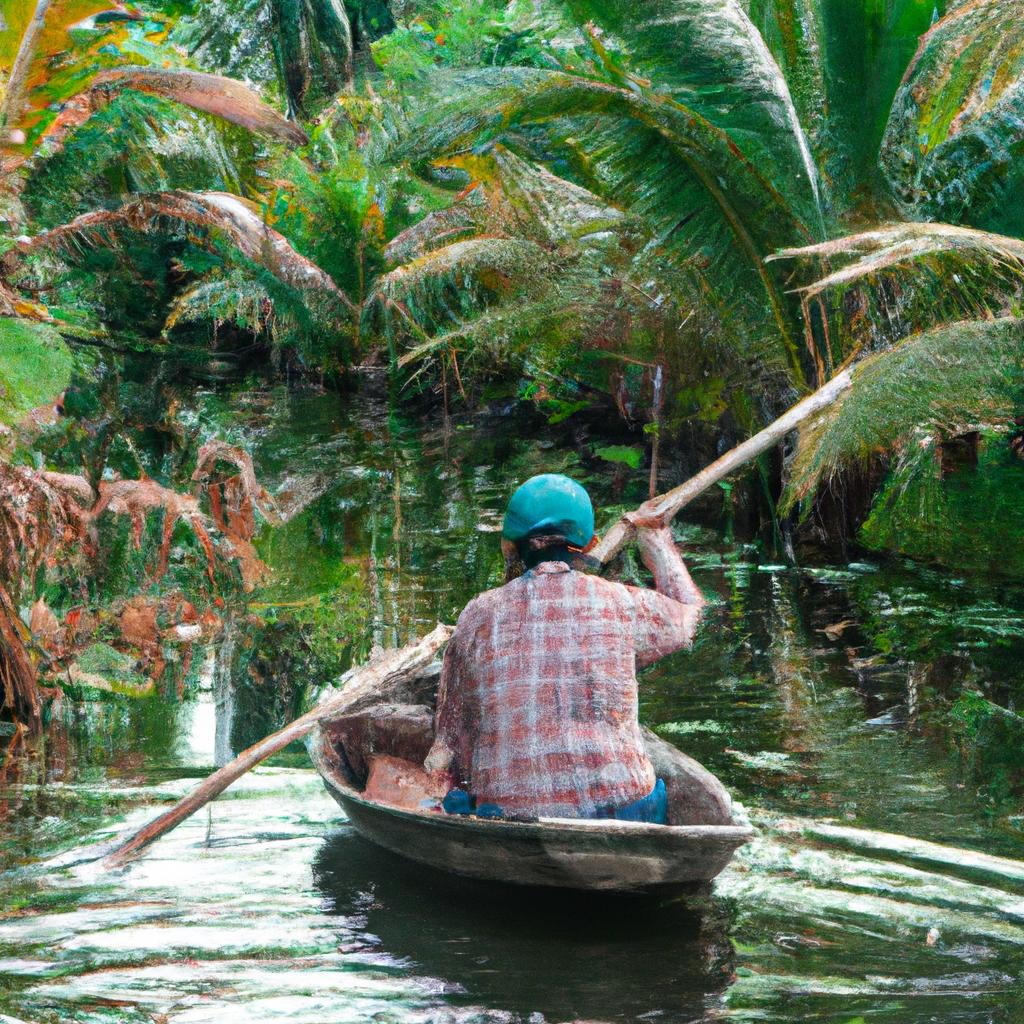
Situated in the Xochimilco canals, the Island of the Dolls is a captivating sight. These canals were once used by the Aztecs for transportation and are now a popular tourist attraction. The island itself is relatively small, measuring around 1,200 square meters, and it is covered in dense vegetation. What makes it truly eerie is that the trees are adorned with dolls of various sizes and shapes, creating a chilling and unsettling atmosphere.
The legend surrounding the island tells us that a man named Don Julian Santana Barrera, who lived alone on the island, placed the dolls there. According to him, the dolls were possessed by the spirits of dead girls who had drowned in the canals. Don Julian believed that by hanging the dolls on the trees, he could appease the spirits and protect himself from harm.
But the Island of the Dolls is not only a spooky attraction; it is also a place that holds cultural significance. It stands as a testament to the indigenous beliefs and practices of the Aztecs and reminds us of the importance of preserving cultural heritage.
The Legend Behind the Island of the Dolls
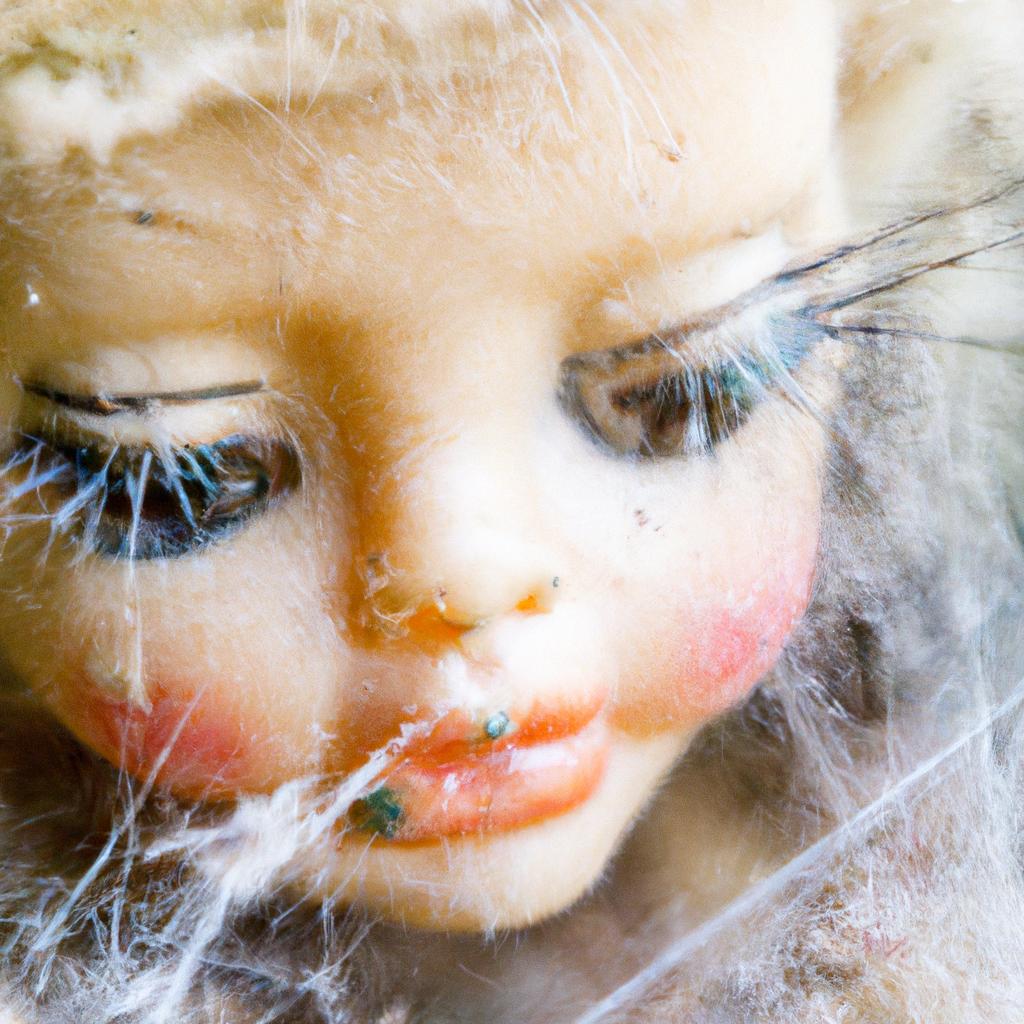
The legend behind the Island of the Dolls is as fascinating as it is creepy. It all began when Don Julian found the body of a young girl floating in the canal. Haunted by her death, he started hearing whispers and footsteps around his home at night. In an attempt to appease the spirit of the girl, he started collecting dolls from the trash and hanging them on the trees. Don Julian believed that these dolls would protect him from evil spirits and placate the ghost of the young girl.
As time went by, Don Julian’s obsession with the dolls grew. He continued to collect them until his death in 2001. Today, the dolls remain on the island, where their eerie presence continues to attract visitors from all over the world.
The legend of the Island of the Dolls not only chills our bones but also highlights the importance of beliefs and traditions in Mexican culture. These dolls serve as more than just a spooky attraction; they are a symbol of the indigenous beliefs and practices that have been passed down through generations.
The Creator of the Island of the Dolls
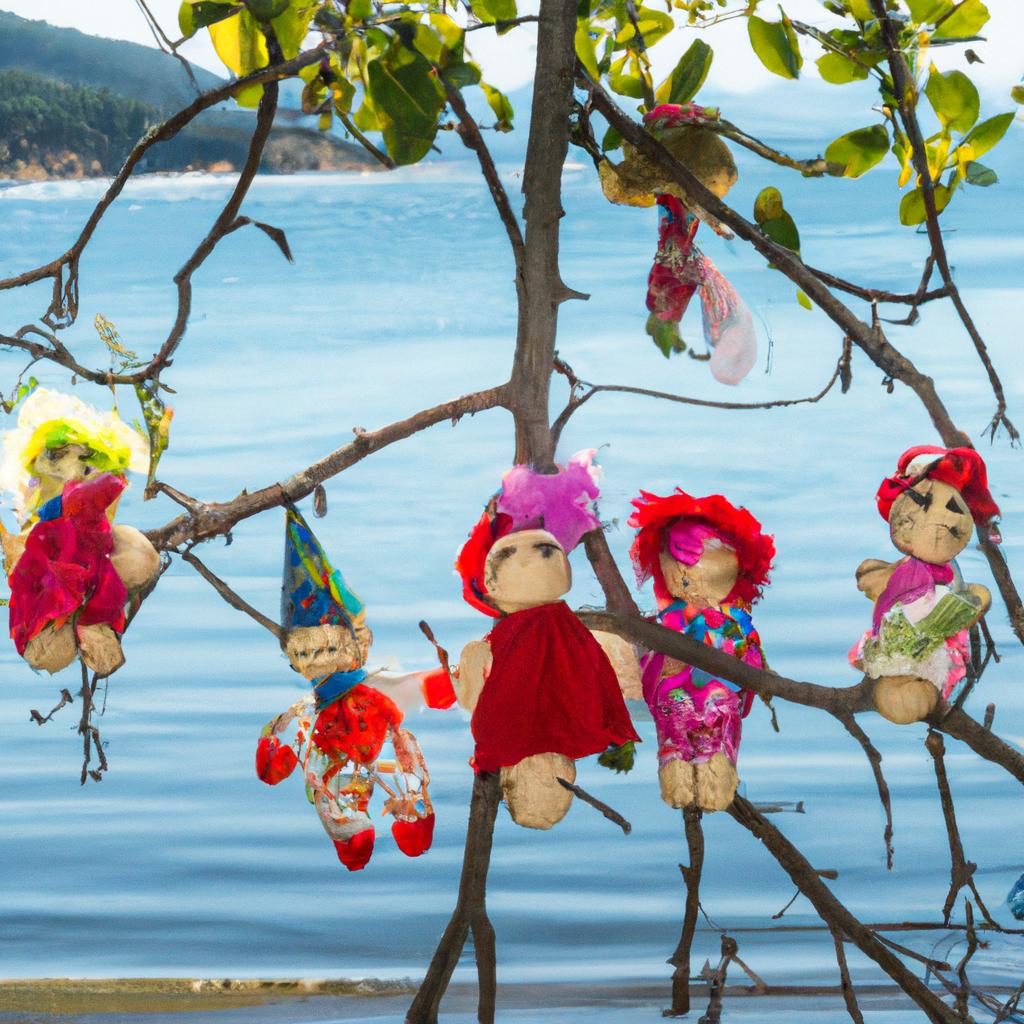
Don Julian Santana Barrera, born in 1923, is the man responsible for the Island of the Dolls. He spent most of his life on the island, living in solitude. Don Julian claimed that he was haunted by the spirits of the young girls who had drowned in the canals and believed that the dolls were his way to appease their spirits.
He collected these dolls from the trash, meticulously sewing them back together. Hanging them on the trees around his home, he would often engage in conversations with them, as if they were alive. Don Julian’s obsession with the dolls continued to grow throughout his life, until his passing in 2001.
Today, the Island of the Dolls stands as a memorial to Don Julian Santana Barrera and his unique beliefs. The dolls he collected and hung on the trees have been preserved, continuing to captivate visitors from around the world.
The Current State of the Island of the Dolls
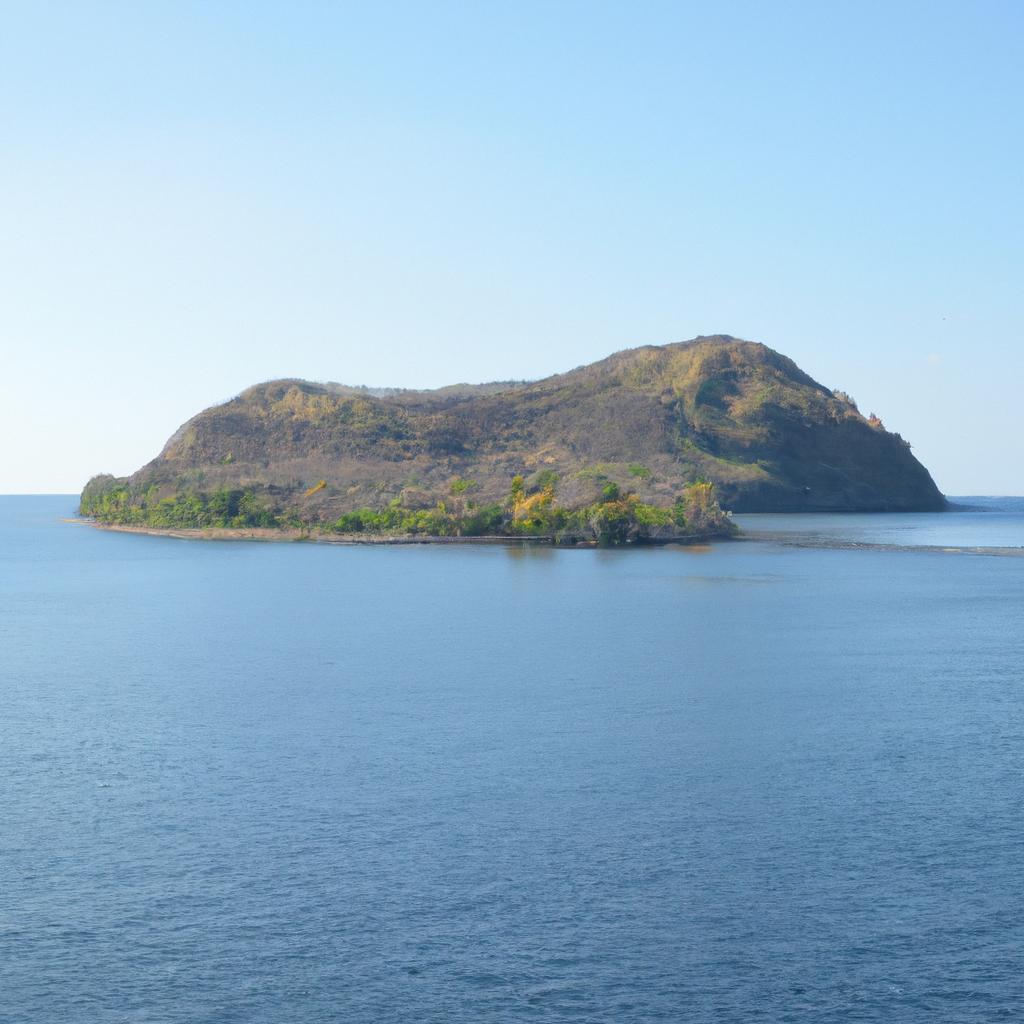
The Island of the Dolls has gained immense popularity as a tourist attraction in recent years. Visitors flock from all corners of the globe to witness the spine-chilling dolls and immerse themselves in the island’s eerie atmosphere. However, the island’s rise in popularity has raised concerns about the preservation of its natural environment and cultural heritage.
Efforts have been made to mitigate the impact of tourism on the island’s ecosystem. Authorities have implemented measures to regulate the number of visitors, while conservation initiatives aim to protect the island’s vegetation and wildlife.
Despite such efforts, the Island of the Dolls remains a subject of controversy. Some argue that its popularity has led to the commercialization of the dolls and the exploitation of the island’s cultural heritage. Others view the island as an invaluable reminder of the indigenous beliefs and practices that have been passed down through generations.
Conclusion
The Island of the Dolls is a destination that continues to captivate and intrigue visitors from all over the world. Its legends, along with the dolls themselves, stand as a testament to the beliefs and traditions of Mexico’s indigenous people. While the island’s future may be uncertain, it serves as a poignant reminder of the importance of preserving cultural heritage and conserving the environment.
As a website that focuses on nature, gardening, and animals, TooLacks deeply values environmental conservation and the preservation of cultural heritage. The Island of the Dolls serves as a chilling reminder of these values and warns us about the impact of tourism on both the environment and cultural heritage.
To learn more about TooLacks and our commitment to these ideals, visit our website here.
